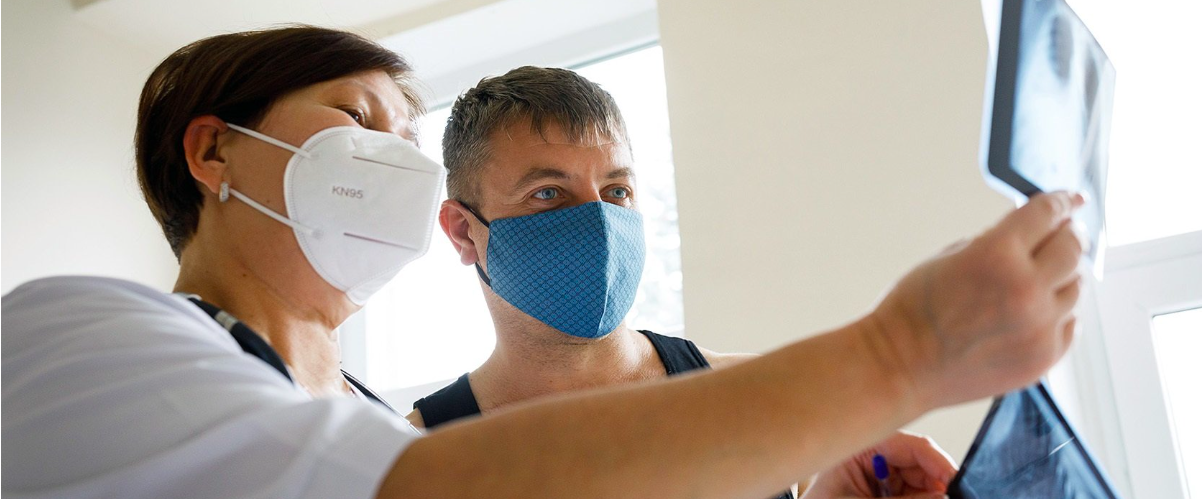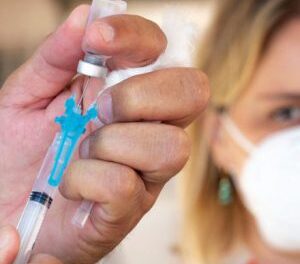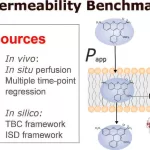b
A recent study conducted in five countries, including India, has revealed that a simple and swift blood test can accurately diagnose tuberculosis in children. Globally, approximately 240,000 children lose their lives to this disease. One of the primary contributing factors to this mortality is the frequent misdiagnosis or delayed diagnosis, particularly in regions with limited resources.
Published in The Lancet Infectious Diseases journal, this innovative diagnostic tool, evaluated in a large-scale study across five nations, marks a significant advancement in this field. Unlike conventional tuberculosis tests that rely on analyzing sputum or mucus from the lower airways, which can be challenging in children, this new test has a distinct advantage. It allows for the convenient collection of a blood sample from the fingertip, with results available in just over an hour. In contrast, most other tests require samples to be sent to external laboratories for analysis.
The research team conducted trials of this new tool within the comprehensive RaPaed-TB tuberculosis study, led by Norbert Heinrich from LMU University Hospital Munich, in collaboration with partners in South Africa, Mozambique, Tanzania, Malawi, and India. The study encompassed 975 children under the age of 15 suspected of having tuberculosis. To assess the test’s accuracy, the researchers compared the children’s tuberculosis status using a standardized reference test based on sputum analysis and bacterial cultures.
The recently developed tool relies on the activity of three distinct genes, which can be assessed using capillary blood samples. This groundbreaking semi-automatic system empowers healthcare professionals to pinpoint a transcriptomic signature associated with these genes, aiding in the diagnosis of tuberculosis.
Dr. Olbrich, one of the researchers, stated, “Compared to detection in culture, the test identified almost 60 percent of children with tuberculosis, with 90 percent specificity. This makes the test comparable with or better than all other tests that work with biomarkers.” While bacterial culture remains the gold standard due to its reliability, it is time-consuming and often unavailable in locations where children with tuberculosis are present.
Since the reference signature of the new tool was primarily identified from adult samples, the researchers anticipate that the test’s accuracy can be further enhanced by adjusting the signature calculation for children.











